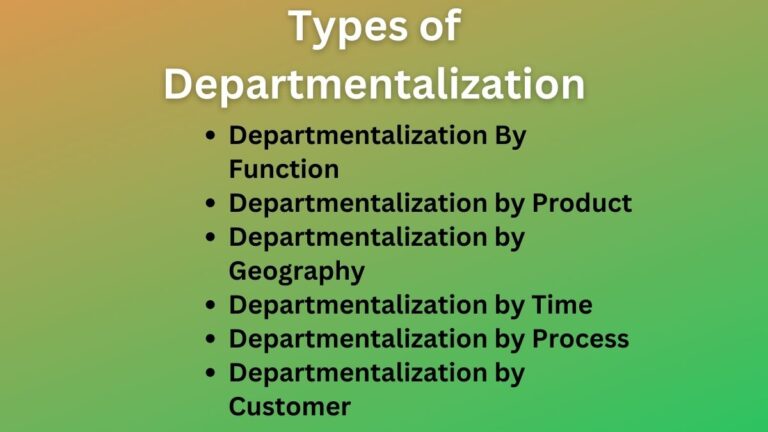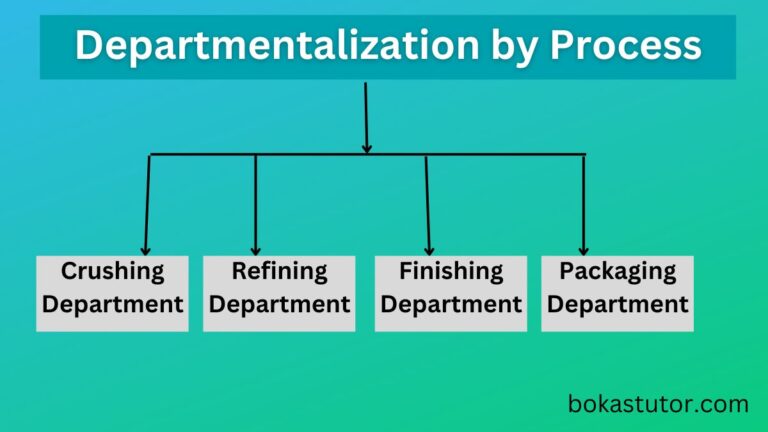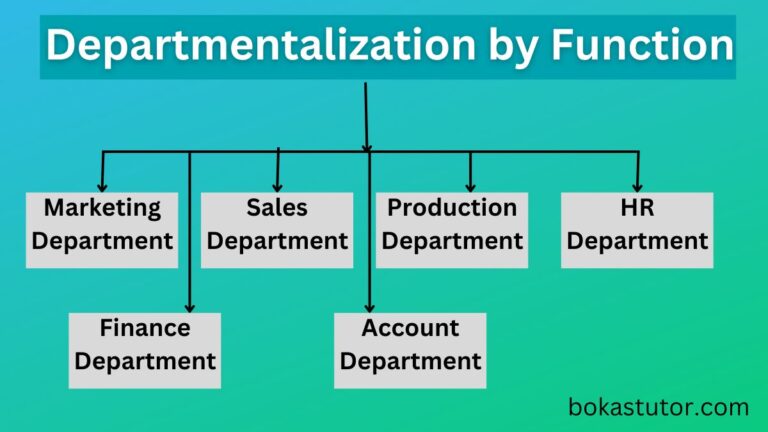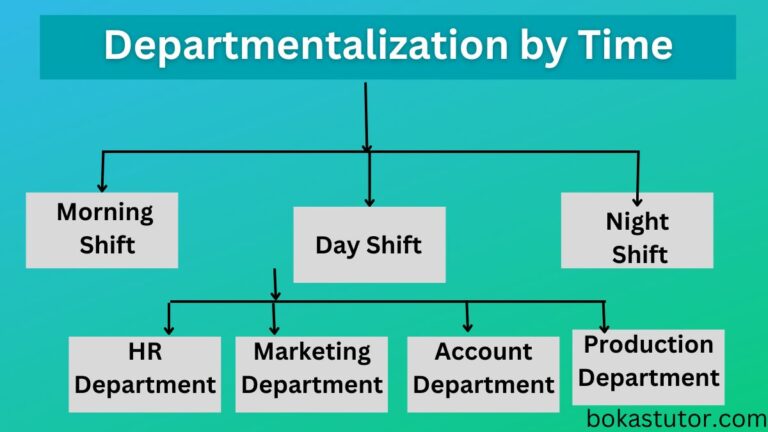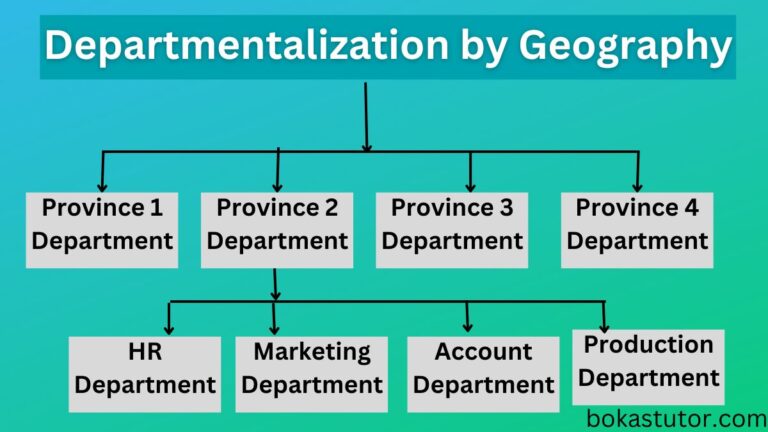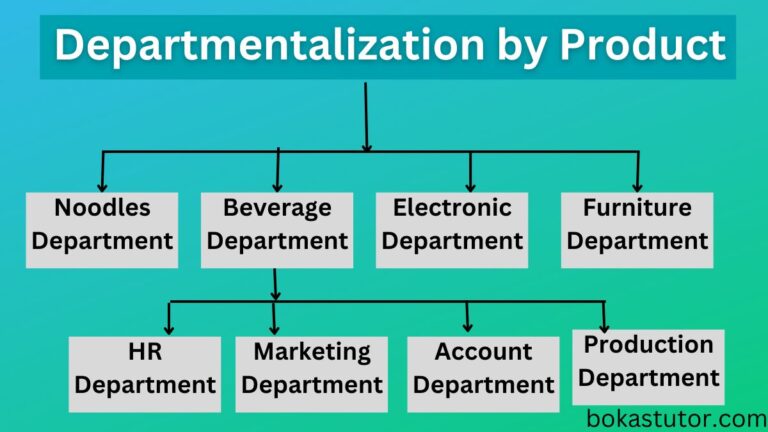6 Types of Departmentalization with Pros/Cons [explained]
Types of Departmentalization Departmentalization is the process of creating specific departments for activities having a similar nature. It aims to make activities simpler and bring efficiency to the course of work done. There are different types of departmentalization following which you can create different departments in the organization. The common types, also called methods, or…
